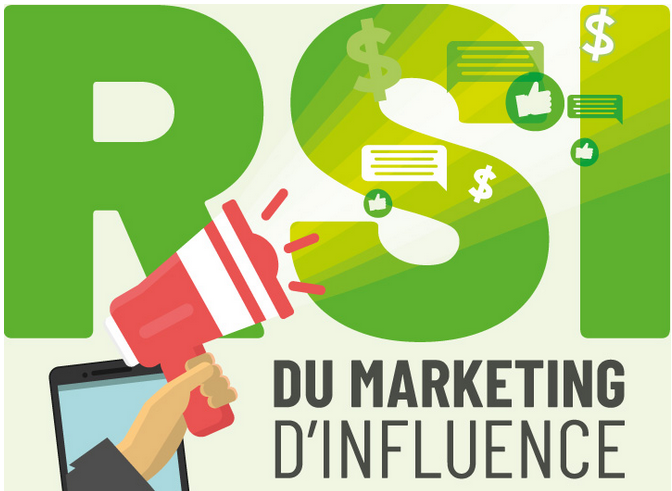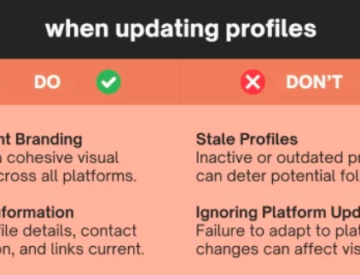Influencer marketing is all the rage now, and it’s fairly easy to understand why, as brands struggle to get their own organic and even paid content out to their target audiences.
Interested in this topic? Check out our webinar Influencer Marketing Best Practices
I recently explained 5 reasons to work with an influencer, which details why more and more brands choose to work with micro-influencers in particular in order to create content and get that content to actually reach and get engagements from the right audiences.
Yet, even though most brands may want to work with influencers at some point, a question invariably comes back: how can we measure the effectiveness of an influencer marketing campaign? In other words: what’s the return on investment (ROI)?
Return on Investment for Influencer Marketing
The folks at Grin.co came up with this infographic, which is a nice summary of what brands should take a look at when analyzing both sides of the ROI equation. That is, on one hand, what are some of the costs involved. And on the other hand, what are some of the expected benefits.
Expected benefits (Return)
- Revenue generation
- Increase brand awareness
- Improve sentiment towards your brand
- Get more earned media
- Create user-generated content (UGC)
Costs (Investment)
- Cash to pay influencers
- Product giveaway
- Commission, when doing affiliate marketing
- Your time (resources)
- Agency or software used to run campaigns
As you can see in the infographic below, there is nothing necessarily complicated when it comes to measuring influencer marketing campaigns ROI.
The most important thing is to know which variables apply to both ends of the equation, and to measure accordingly during and after the campaign is done. You can then compare to goals that were set at the beginning in order to see if they were met or exceeded.











Leave a Reply